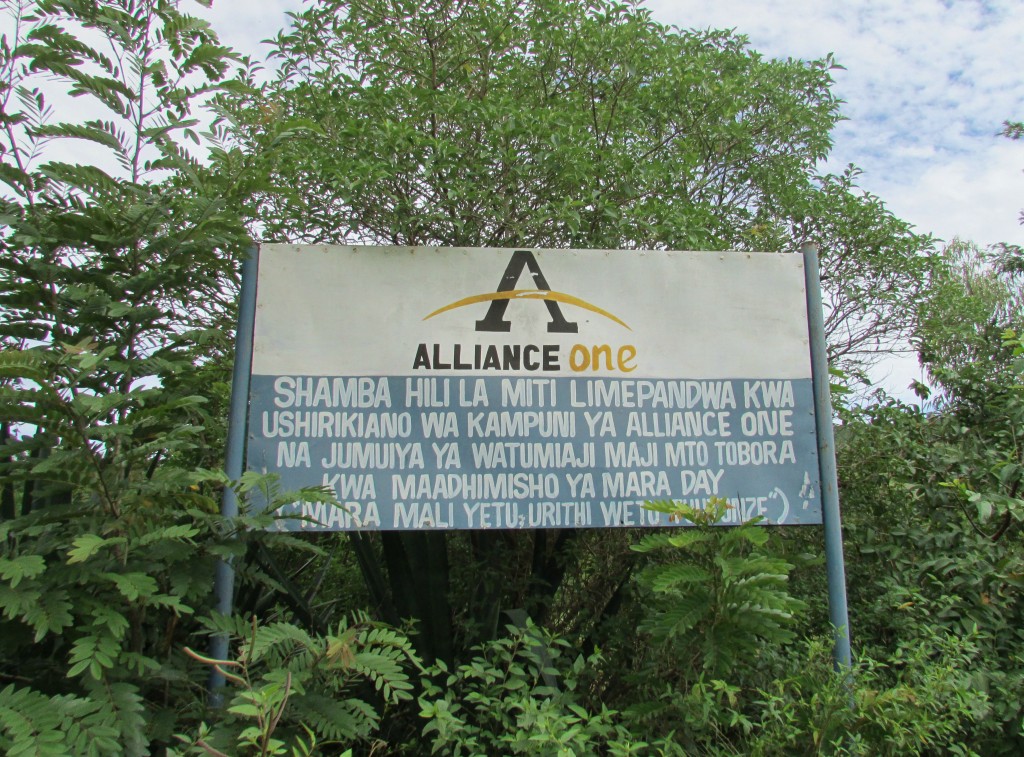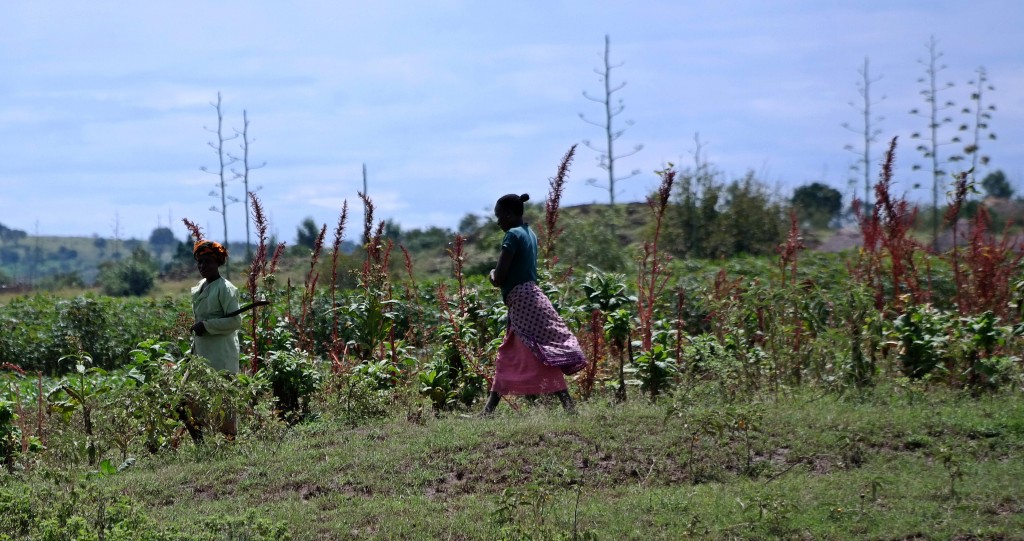Deforestation is a global problem that causes myriad problems for wildlife, water, people, climate, you name it. The deforestation has caused erosion into the Mara River, a process by which topsoil and other materials are washed into tributaries and the river during rains as discussed in a previous post. This sedimentation of rivers causes problems for aquatic species, for people who depend on the water without ability to filter before using, and changes the river bed and wetlands physically. Deforestation disrupts local hydrological cycle patterns resulting in a changed climate, a perennial problem for people who depend closely on predictable cycles in their natural environment for survival. Loss of forests reduces habitat possibility for wildlife and wild or indigenous plant species.
In the lower Mara River Basin the SELVA team found that deforestation is prevalent throughout, and the cause? Agriculture, charcoal production, and fuel wood, primarily. Agriculture for locals consists mostly of subsistence-level production. Subsistence farming allows for families to grow enough food to survive for parts of year, plus enough left over to sell or trade in local markets. Commercial agriculture is also taking shape in the Mara region with tobacco production leading the way and rice crops to follow in Mara Wetlands development plans. Tobacco production has been one issue identified by locals in the Serengeti District as a major contributor to deforestation. Not only is the land cleared for tobacco farming, but additional fuelwood is harvested to dry the tobacco before shipping to domestic and international markets. The local tobacco presence is that of a foreign-owned Alliance One, a mulitnational corporation headquartered in North Carolina, USA. Their practices of deforestation are cause for consternation with locals, though no solution has yet emerged for the tobacco processing practices for of smoking the crop before transportation from the region.
In the past, deforestation around Lake Victoria was caused by the need for charcoal and fuel wood for smoking Nile Perch as an export to Europe. It is not clear how much fuel derived from trees is used in smoking Nile Perch today as much of the product is frozen and shipped around the world by plane. Today the Serengeti District is leading in the region for charcoal production, much of it illegal, due to the last vestiges of forest in that region. Local authorities attempt to clamp down on the practice, but enforcement is no match for production. Much of the charcoal is sent to Dar es Salaam This problem is not just in Tanzania, charcoal production in Kenya also threatens the health of the Mara and related ecosystems. Charcoal is used primarily as fuel for cooking and is a way for local people to earn cash in a mostly subsistence economy.
Deforestation is directly linked with climate change and the global rate of forest lost for use in fuel or manufacturing is astounding. Tanzania is no exception. It is not clear when or how this problem will be curtailed, but alternatives exist for fuel sources and the introduction of such alternatives to people living in Tanzania is crucial for the survival of the forests in the Mara region and beyond. Alternatives for corporate practices should also be considered and immediately employed, such as using charcoal for smoking of tobacco crops before export by Alliance One.









Recent Comments